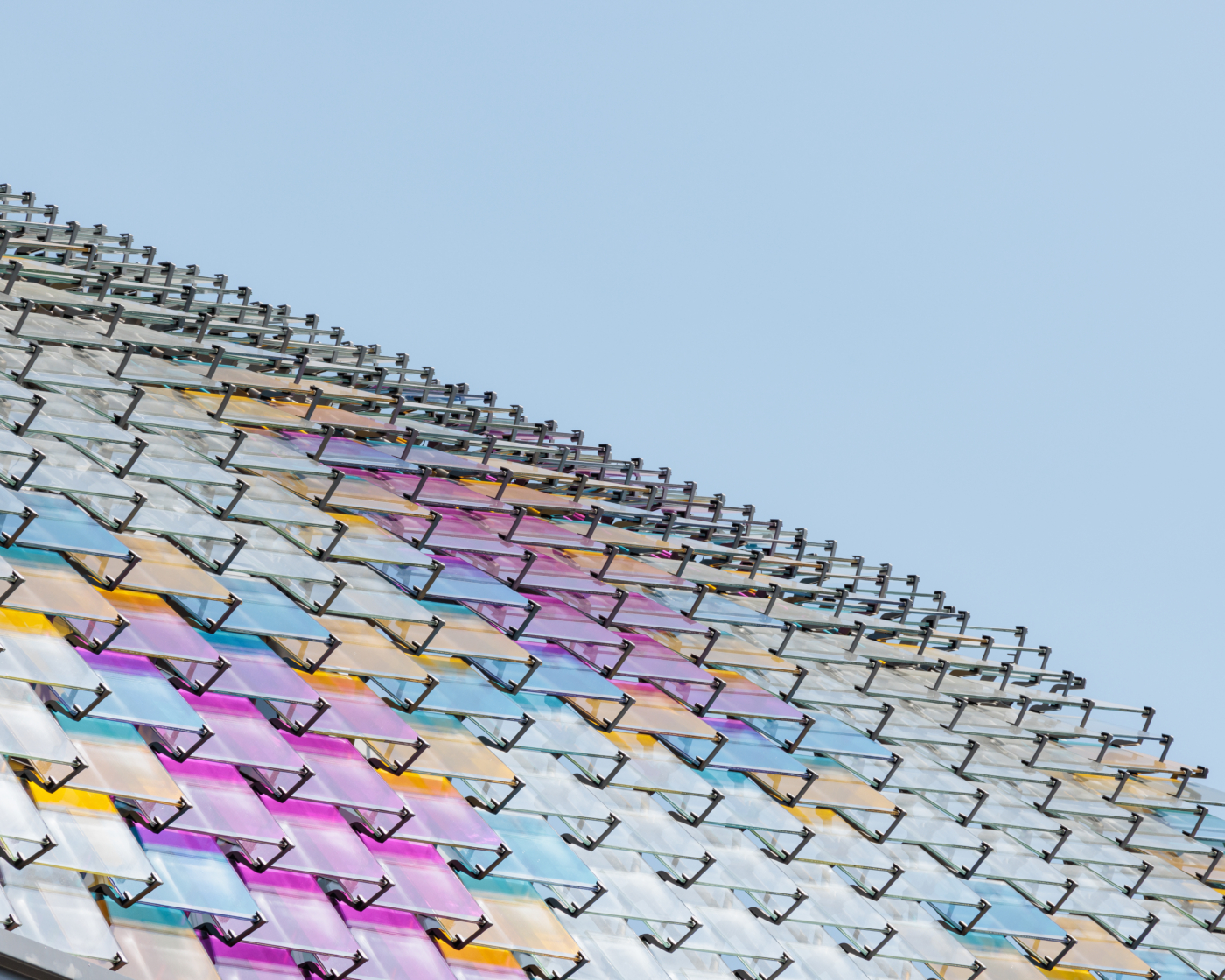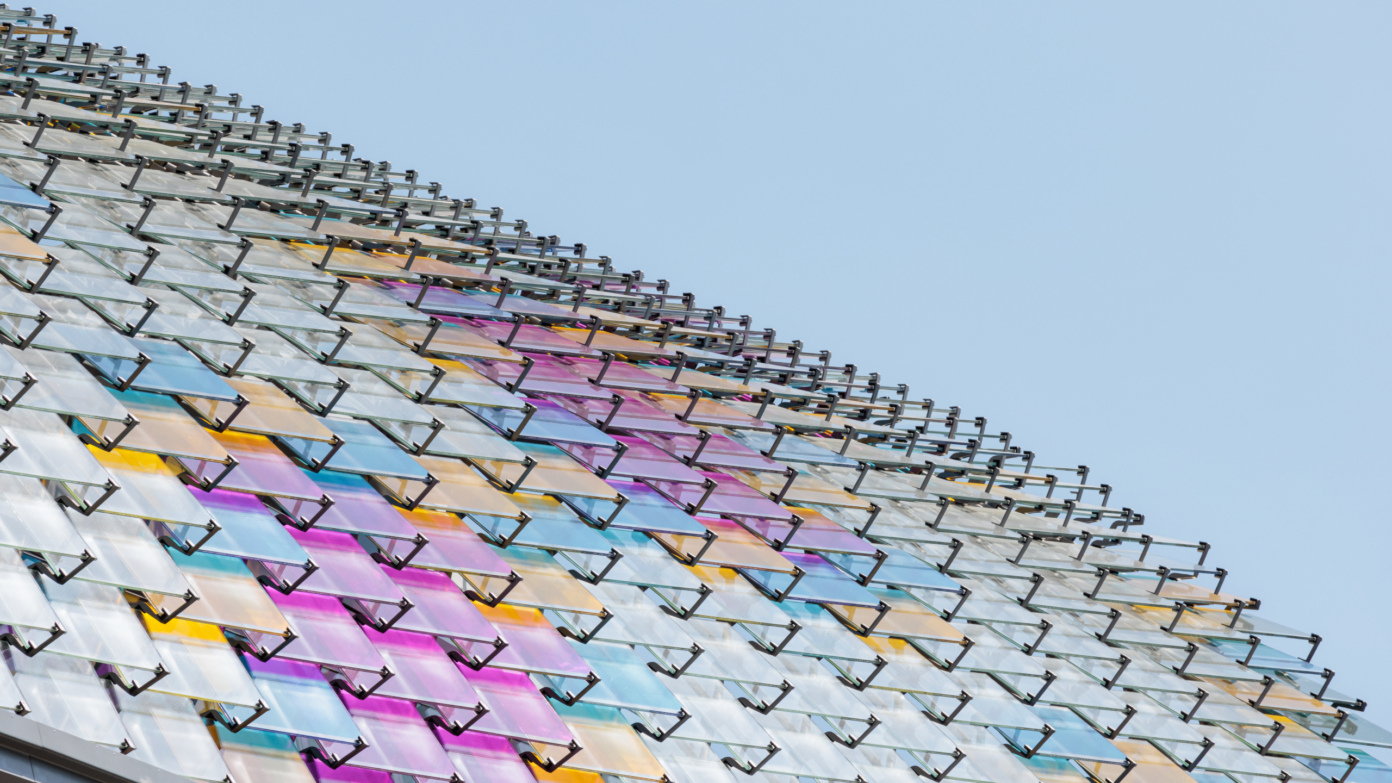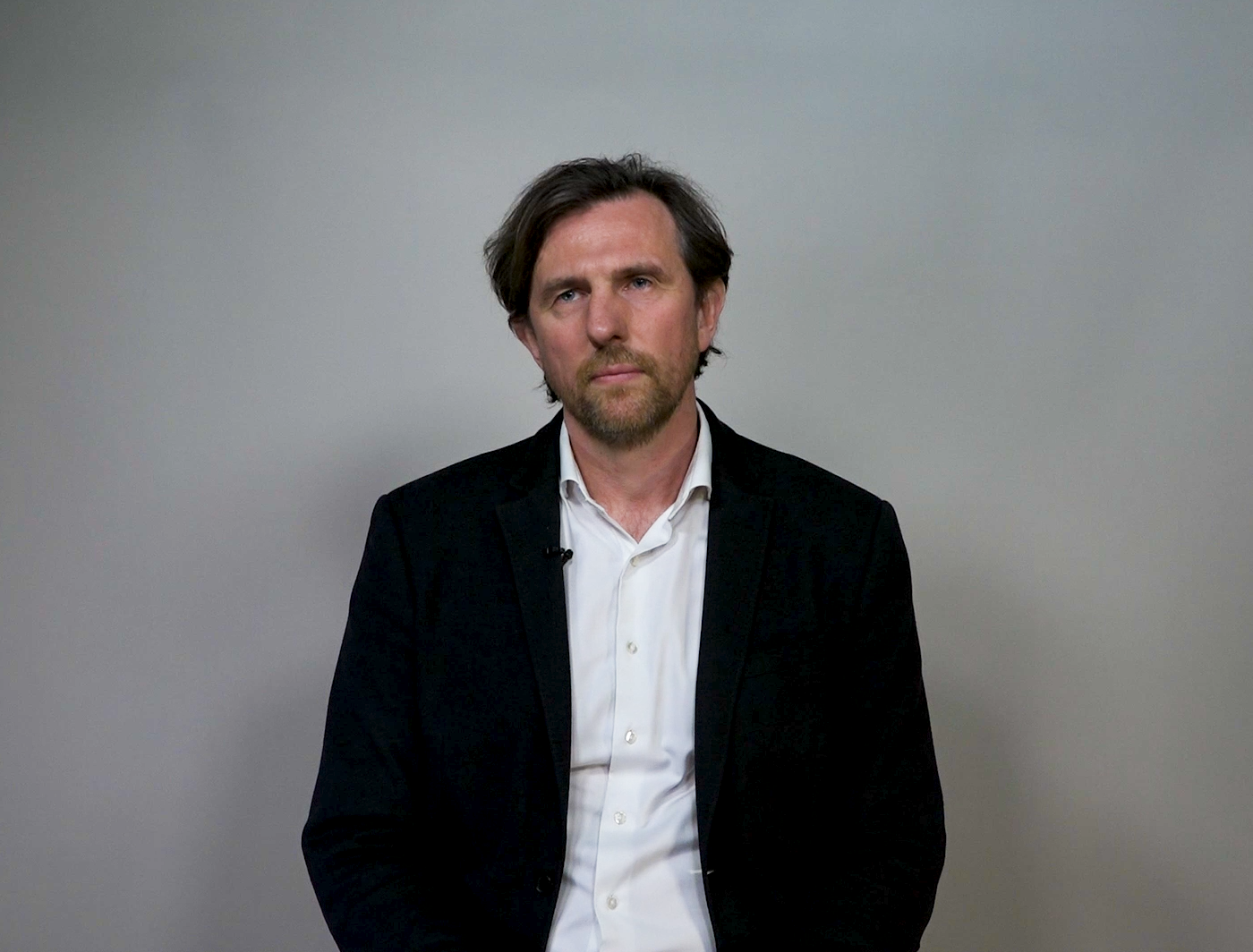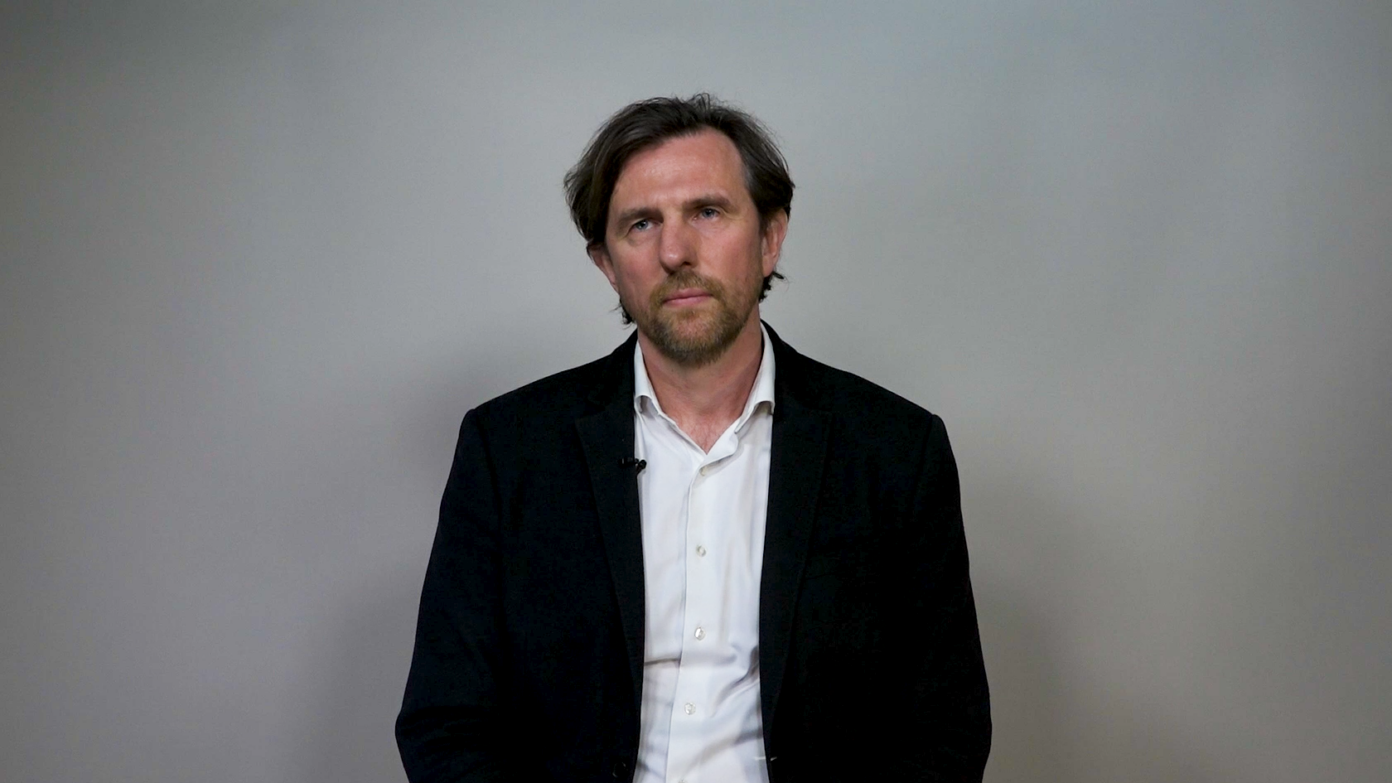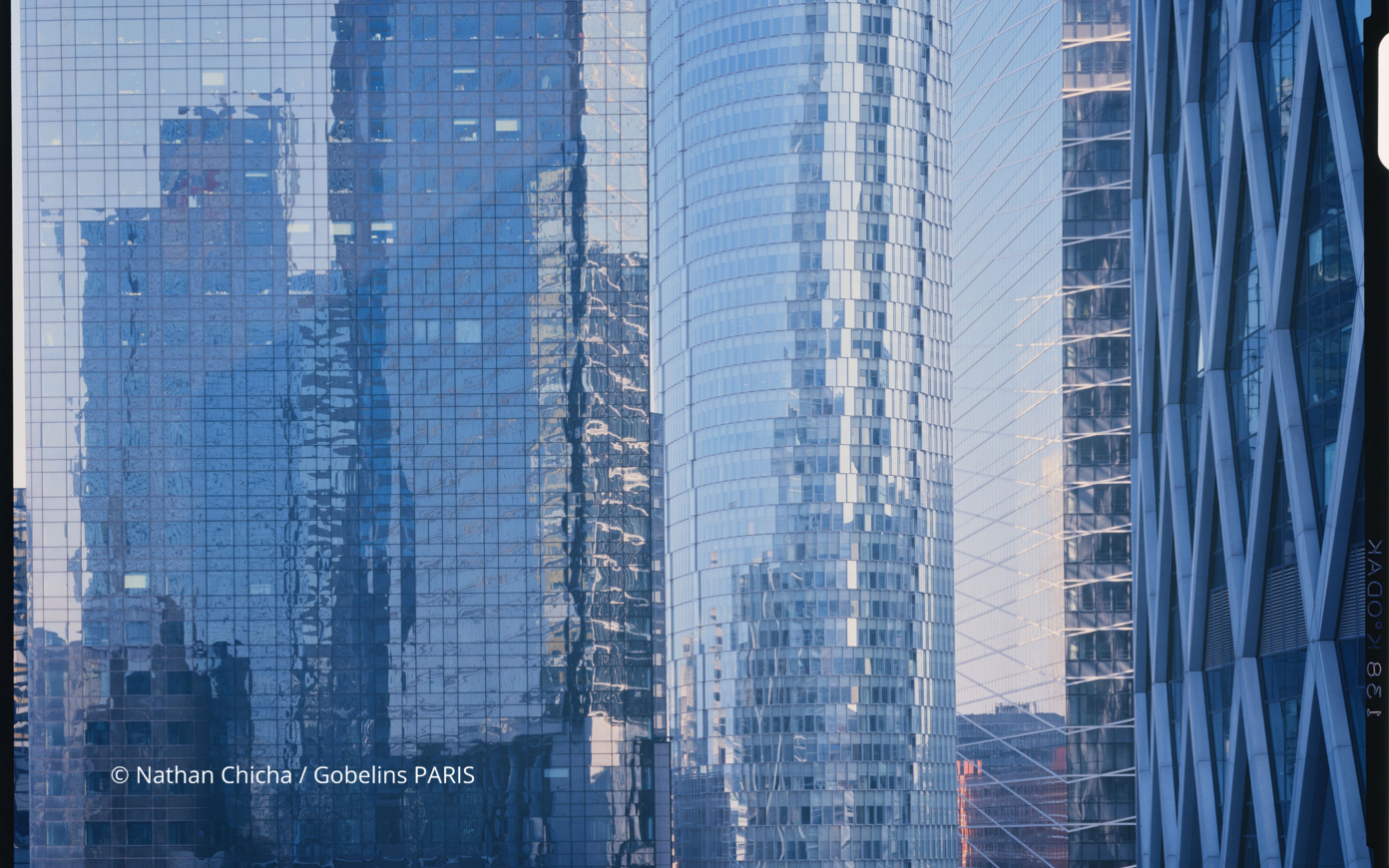Micro-sculptures of this kind invoke historical precursors, such as Jack Burnham’s writings on “The Effects of Science and Technology on the Sculpture of this Century.”Burnham, Jack: Beyond Modern Sculpture. The Effects of Science and Technology on the Sculpture of this Century. New York, 1968. Held in high esteem in media art circles as influential ‘guru’ reading, the book is unfortunately overlooked in classical art history. At the very moment Lucy Lippard diagnosed the period of the “dematerialization of the art object”Lippard, Lucy R.: Six Years. The Dematerialization of the Art Object from 1966 to 1972. New York, 1973. with its greater focus on ideas and actions, Burnham provides a retrospective, biologistic and informed by the history of technology, of over 2500 years of sculpture, arguing that its very ‘survival’ is dependent on its transition from material objects to complex systems: from idealistic-vitalist imaginary shapes to organicistic processes in which macro phenomena of the living are explained by underlying micro phenomena, a transition “of sculpture from a psychically-impregnated totemic object toward a more literal adaptation of scientific reality via the model or technologically inspired artifact,” therefore towards “life-simulating systems through the use of technology.”Burnham, ibid., p. 7. Influenced by cybernetics, and the modern genetics it inspired, but also by environmental concerns, as well as the early systems biology of Ludwig von Bertalanffy, Burnham calls for a departure from form and a reorientation toward functionality in sculpture of the future “away from biotic appearances toward biotic functioning via the machine.”Burnham, ibid., p. 76. He hopes that spectators of such art would be stimulated to adopt a planetary-holistic environmental consciousness – not contra but qua technology:
If man is approaching a time of radical change, one not controlled by natural selection and mutation, what better nonscientific way exists for anticipating self-re-creation (not procreation) than the spiritually motivated activity of artificially forming images of organic origin? Could it be that modern sculpture is this process vastly accelerated?Burnham, ibid., p. 374.
Against this background, then, it is even more plausible why Burnham became the initiator of the seminal Software show in 1970 in New York. Despite the far-reaching technological advances experienced since that time, many of the exhibition’s claims take on unexpected pertinence today. While overcoming distinctions between art and other cultural practices deeply influenced by new information technologies, Burnham also anticipated art’s general move towards “concerns with natural and man-made systems, processes, ecological relationships,”Burnham, Jack: Notes on art and information processing. In: Burnham, Software, ibid., p. 10. picking up the assumption that if “we build machines in our own self-image […] a separation between body and mind may be no more than an illusion fostered by our lack
of scientific knowledge about human biology and communication systems in general.”Ibid., p. 11. The influence of the, then, rapidly developing information processing technology “on notions such as creativity, perception and art”Ibid. reaches a new level in man-made ‘wet machines,’ and it is worth noting that Burnham himself claimed that, in fact, “the division between software and hardware is one that tangibly relates to our own anthropomorphism,”Ibid. and that needs to be overcome. He also pointed to two other features that become relevant again in Wetware: “the steady trend towards democratization,”Ibid., p. 13. when technologies which two decades ago still were only accessible to a highly skilled elite become tools for laymen in short time, and the challenges that arise when such practices update older definitions of art, since “ars in the Middle Ages was less theoretical than scientia: it dealt with the manual skills related to a craft or technique. But present distinctions between the fine, applied, and scientific arts have grown
out of all proportion to the original schism precipitated by the Industrial Revolution.” Therefore, Software made “none of the usual qualitative distinctions between the artistic and technical subcultures.Ibid., p. 14.
In light of the recent DIY biology trend, on the one hand, and the hype around synthetic biology, on the other, it is surprising how visionary such statements sound four and a half decades later – a nearly incommensurable time span, if not an eternity, in terms of Moore’s law! According to Intel co-founder Gordon Moore’s observations and predictions in the 1960s and 1970s, the number of transistors per chip that result in lower prices per transistor and drive a profound technological and socio-economic – and consequently, as we know, cultural – change, would double approximately every two years. Today, however, it seems that the semiconductor industry is no longer catching up with these predictionsMitchell, Waldrop M.: More Than Moore. In: Nature, Vol. 530, (11 February) 2016, p. 144-147. and that the “Moore’s law really is dead this time,”Bright, Peter: Moore’s law really is dead this time. In: Ars Technica, (11 February) 2016; http://arstechnica.com/information-technology/2016/02/moores-law-really-is-dead-this-time as a result of such problems as heat in ever smaller chips and quantum physics phenomena when attempting further miniaturization no longer achievable with conventional materials. Is wetware the way out? Many anticipate the still underexplored promises of fluid, chemical and wetware computing on the basis of cells, DNA, neurons etc.: “Never mind tablet computers. Wait till you see bubbles and slime mold!”Popkin, Gabriel: Moore’s Law Is About to Get Weird. Never mind tablet computers. Wait till you see bubbles and slime mold. In: Nautilus, Issue 21, “Information. The Anatomy of Everything”, (12 February) 2015; http://nautil.us/issue/21/information/moores-law-is-about-to-get-weird In the arts, with all its aesthetic and technical subcultures, it is definitively time for a wetware update.





